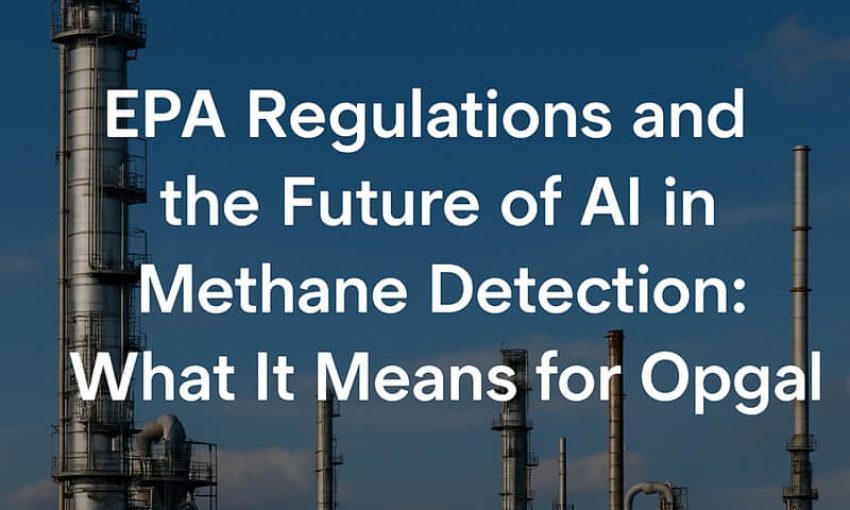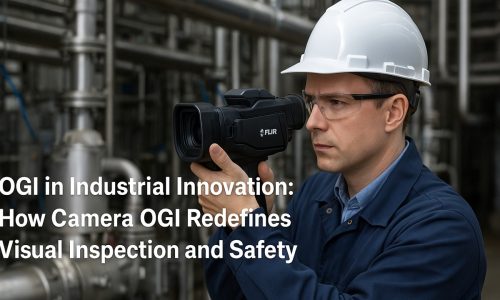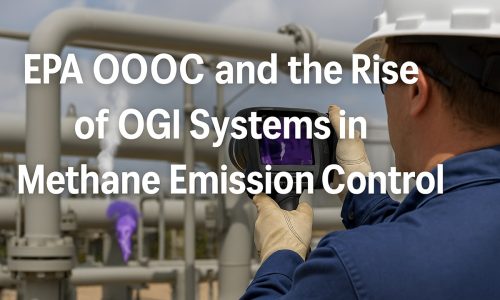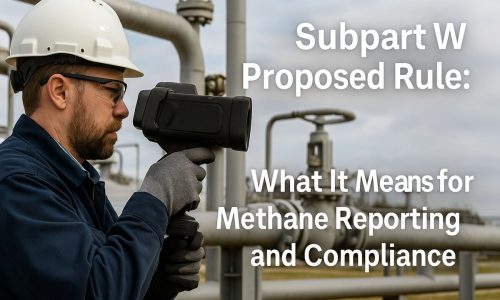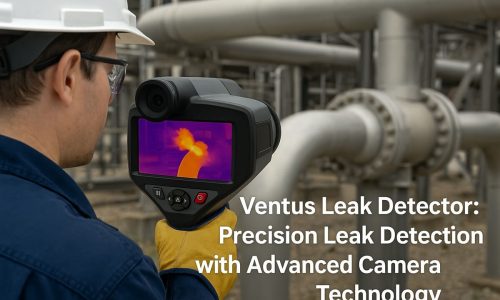Introduction: Regulations Driving Innovation
Methane (CH4) is a greenhouse gas with a global warming potential over 80 times stronger than CO₂ over a 20-year horizon. For oil and gas operators, controlling fugitive methane emissions is no longer optional – it is a regulatory and reputational necessity. The U.S. Environmental Protection Agency (EPA) is tightening its framework with new rules such as OOOOB and expanded Subpart W, designed to push operators away from rough estimates and toward direct, verifiable measurement.
At the same time, AI is entering the conversation as a force multiplier for detection and reporting. For Opgal, a global leader in thermal imaging and Optical Gas Imaging (OGI), this intersection of stricter regulation and cutting-edge technology represents an opportunity to help industries comply, innovate, and thrive.
EPA OOOOB: Raising the Standard for Methane Control
The EPA OOOOB rule extends methane control requirements to existing oil and gas facilities. While earlier frameworks allowed infrequent checks and reliance on emission factors, OOOOB raises the bar with frequent monitoring and stronger verification. Operators must demonstrate that they can detect even small leaks quickly and reliably.
Opgal’s thermal and OGI solutions answer this demand. Handheld and drone-mounted cameras enable wide-area surveys, while fixed monitoring systems provide 24/7 surveillance of critical assets. By making methane leaks visible, Opgal helps operators not only meet regulatory requirements but also avoid product loss, prevent safety hazards, and strengthen community trust.
Subpart W: From Estimates to Measured Data
Expanded Subpart W under the EPA requires companies to shift from engineering calculations to measurement-based reporting. Instead of relying on generic emission factors, operators must now provide empirical, site-specific data. This creates both a challenge and an opportunity.
Opgal technologies directly address this need by delivering visual evidence of methane leaks. Thermal imaging and OGI systems generate video and image documentation that can be integrated into compliance reports. This transforms methane monitoring from a paperwork exercise into a transparent, data-driven process. Subpart W is no longer just a reporting obligation – with the right tools, it becomes a framework for smarter operations.
EPA and AI: The Next Frontier in Leak Detection
The future of methane management will be shaped by AI. The EPA itself has pointed to artificial intelligence as a complementary tool for monitoring and analysis. By combining Opgal’s advanced OGI systems with AI algorithms, operators can detect anomalies faster, predict leak patterns, and generate real-time alerts.
AI enables automated prioritization of maintenance tasks, smarter resource allocation, and integration with digital asset management platforms. The result is a new level of operational efficiency: fewer missed leaks, lower compliance risks, and improved environmental performance. In this context, AI is not just about meeting regulations – it is about turning methane detection into a competitive advantage.
Turning Compliance into Opportunity
The regulatory changes introduced by EPA OOOOB, the expansion of Subpart W, and the integration of AI into monitoring frameworks are reshaping the way industries manage methane. While these changes may appear demanding, they also represent an opportunity for forward-thinking companies.
With Opgal, operators gain more than compliance. They gain reliable detection systems, documented proof for regulators, and the ability to protect workers, assets, and the environment. By investing in advanced OGI and thermal imaging, companies transform methane management from a liability into a strategic asset.
As regulations evolve, the companies that embrace CH4 detection technologies and AI-driven insights will not only stay compliant but also lead the way toward safer, cleaner, and more sustainable operations. Opgal stands ready to help industries bridge the gap between regulatory obligations and operational excellence.

